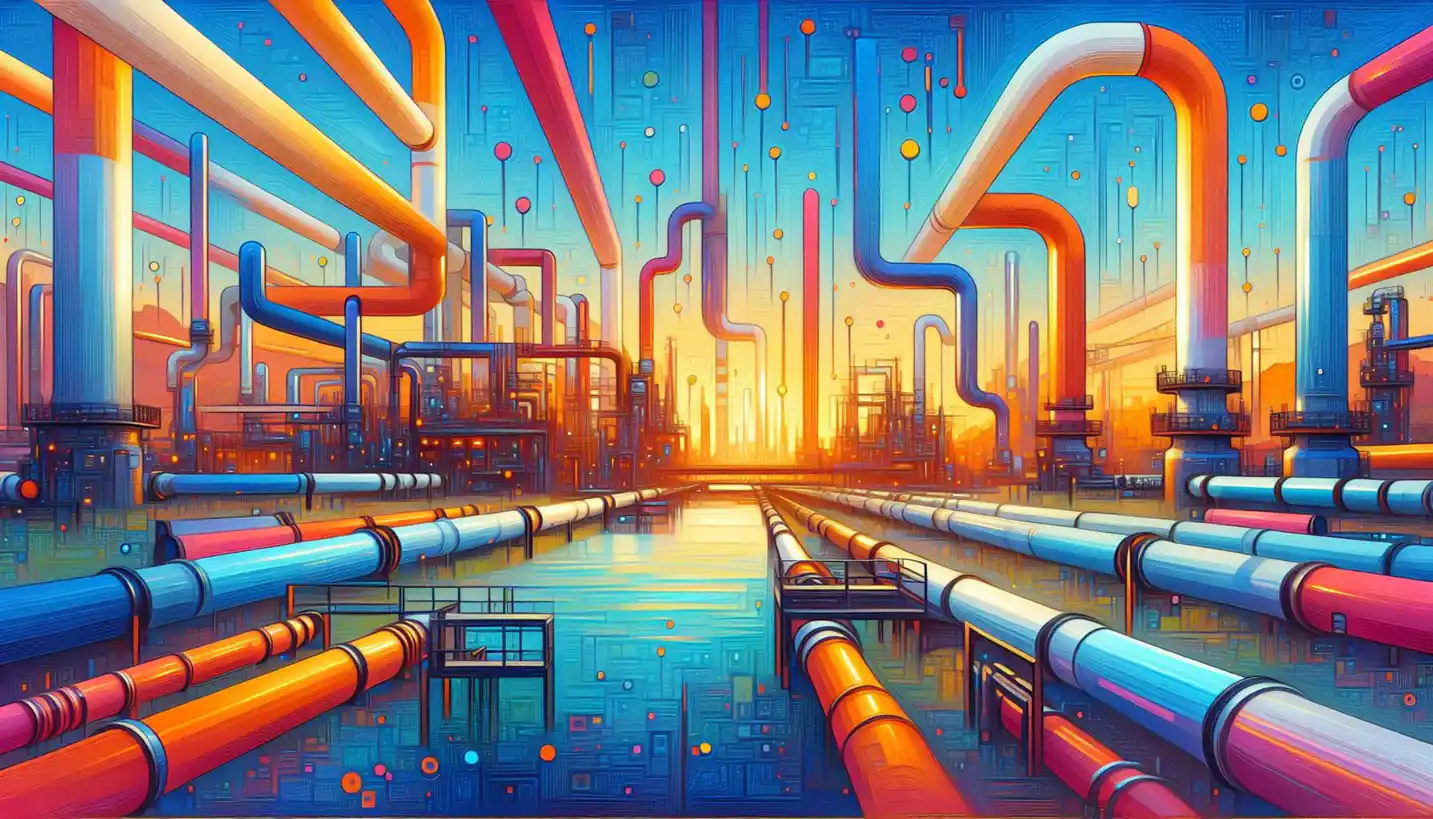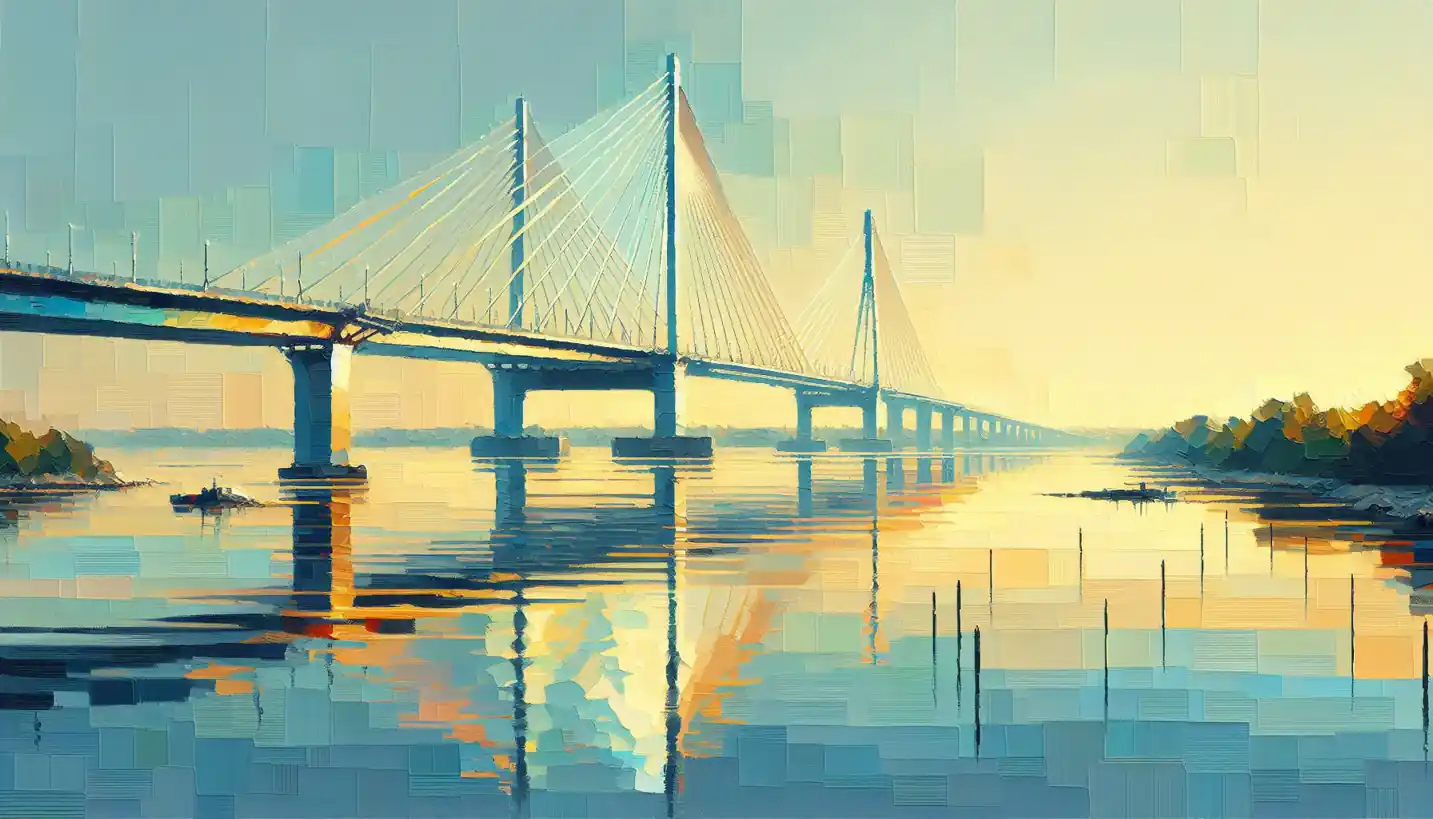· Engineering · 4 min read
Computer Vision and Its Surprising Impacts on Our World
Experience the transformative impact of computer vision and its surprising applications across various fields.

Once you’re introduced to the world of computer vision, it feels like you’re stepping into a science fiction story. But instead of being confined to futuristic novels, computer vision is a real and rapidly evolving field in artificial intelligence and engineering that’s making waves in the present.
Computer vision is all about enabling machines to see and interpret visual information, just like our eyes work. Imagine teaching a computer not only to recognize images but to understand them as well. This exciting area is revolutionizing industries, empowering innovations, and has the potential to reshape our daily lives.
The Basics of Computer Vision
Think about how we recognize objects. When you see a cup on a table, your brain quickly processes the shape, color, and context to identify it. Computer vision works similarly but uses algorithms and data to train computers to do the same. At the heart of this technology are neural networks - complex mathematical models that mimic the way our brain works.
These networks use layers to analyze data. Each layer processes the image in a different way. Initial layers might detect basic features like edges and corners, while deeper layers can understand complex shapes and patterns. This method allows the computer to build a detailed understanding of what’s present in the image.
The Journey from Pixels to Insights
Computer vision starts with raw data: pixels. Think of pixels as the tiny dots that make up every image you see on a screen. By processing these pixels, computer vision systems can learn to identify and understand different elements within images. Through a method called “deep learning,” which involves feeding the computer massive amounts of data, these systems can recognize patterns, identify objects, and even understand actions.
For instance, when you upload a photo to your favorite social media platform, the system can tag your friends automatically. This isn’t magic but the result of advanced computer vision algorithms analyzing features like face shape and landmark positions to determine identity.
Everyday Applications of Computer Vision
Computer vision isn’t just confined to academia or giant tech firms. Its applications are now embedded in everyday life. Take self-driving cars, for example. These vehicles rely heavily on computer vision to navigate roads safely. Cameras around the car continuously capture the environment, helping the vehicle to understand street signs, barriers, and other cars.
In healthcare, computer vision is being used to analyze medical images. This technology assists doctors in diagnosing conditions more accurately and swiftly, allowing for quicker treatments. For instance, by examining x-rays or MRIs, computer vision can highlight areas of concern that might need further investigation.
Retail is another interesting arena. Have you ever noticed the “recommended for you” section when shopping online? That’s computer vision at work, analyzing your preferences to offer relevant product suggestions.
Challenges and Innovations
While computer vision has made significant strides, it’s not without its challenges. Environmental factors like lighting, angle, and obstructed views can impact its effectiveness. Just as you might struggle to see in low light, computers can face difficulties when conditions aren’t ideal.
Moreover, ensuring accuracy and avoiding biases are crucial. Since computer vision systems are trained on existing data, they can inadvertently learn biases present in that data. Engineers must carefully select and curate datasets to develop fairer algorithms.
Yet, with challenges come opportunities for innovation. Researchers are continuously improving methods to enhance performance, reduce errors, and expand the possibilities of what computer vision can achieve. Innovations like semantic segmentation, which allows machines to recognize multiple objects in a scene and understand their relationships, are paving the way for more sophisticated applications.
The Future of Computer Vision
Given its rapid growth, computer vision’s future is promising and full of potential. Imagine augmented reality experiences that seamlessly blend digital elements with the real world, all thanks to advanced visual processing.
City management and security can benefit through smarter surveillance systems that monitor activities for unusual patterns or threats, thereby enhancing safety in public spaces.
Moreover, as our world becomes more interconnected, computer vision can play a role in bridging communication gaps. It has the potential to help create technologies that enable more accessible content for those with visual impairments, enhancing diversity and inclusion.
Sparking Curiosity for What’s Next
As computer vision continues to evolve, it invites endless questions and opportunities for exploration. How might it transform our interactions with technology? What new possibilities will emerge as machines become better at ‘seeing’?
Every advancement in this field opens up a new avenue for creativity and discovery, encouraging both experts and enthusiasts alike to engage with the possibilities.
Computer vision isn’t just about teaching machines to see. It’s about enabling them to perceive and understand our world in a completely new way, blurring the lines between imagination and reality. As we stand at the edge of this exciting frontier, the only limit is our curiosity and willingness to explore how this groundbreaking technology can reshape our lives.



